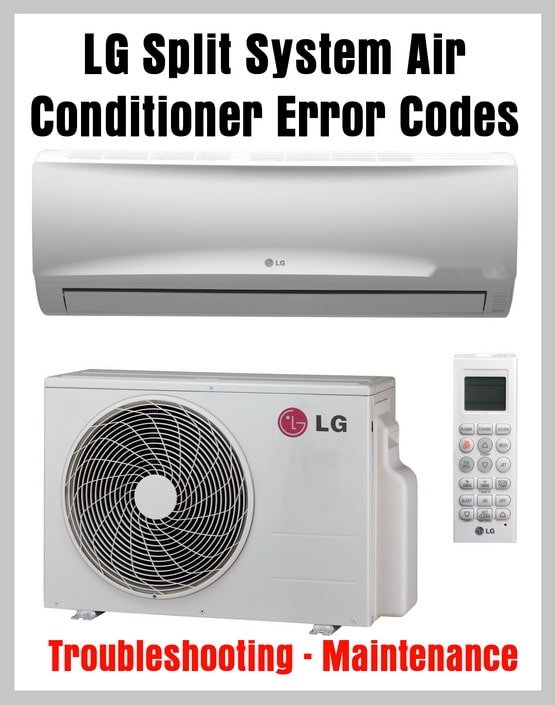
Now, you might be asking, “What on earth does ‘OE’ even mean?” In the simplest terms, this error code usually indicates a drainage issue within your air conditioning system. Imagine your air conditioner as a complex but incredibly efficient beast. It’s designed to cool your space while efficiently managing the moisture in the air. Sometimes, however, it can run into problems with how it drains the water it collects during the cooling process. Just like a clogged sink might disrupt your dishwashing, a drainage hiccup can cause your air conditioner to malfunction.
Understanding the LG Air Conditioner OE Error Code
Let’s dive a bit deeper into what the “OE” stands for. In the world of air conditioning, particularly with LG models, “OE” is shorthand for a drainage problem. This might seem abstract at first, but think of it like the system’s way of yelling, “Help! I can’t drain the water properly!” This usually happens because the drainage system—much like a network of tiny plumbing lines—is blocked or malfunctioning.
The air conditioner, aside from cooling the air, also dehumidifies it, collecting moisture and directing it outside or into a drain pan. If this process gets interrupted, the system detects it and throws up the “OE” error to alert you. It’s akin to the little red light on your car dashboard telling you something’s off.
Now, the causes can vary. Common culprits include clogs in the drainage line, a full drain pan, or sometimes even a faulty drain pump. It’s similar to having a blocked nose—your body doesn’t function at its peak, and neither does your air conditioner when its “nose” is blocked. Understanding these causes is the first step toward a solution. So, let’s see what resetting can do for us.
Does Resetting Solve the OE Error Code?
Here’s the deal: resetting is like giving your air conditioner a fresh start. It’s akin to turning off a computer that’s acting up and hoping it boots up without the error. But does it always work with the OE error code? The short answer is: sometimes. Resetting your air conditioner can occasionally resolve the issue if it’s a temporary glitch. To reset, you would typically turn off your unit, unplug it for a few minutes, and then power it back on.
However, if the issue is due to a persistent drainage problem, simply resetting might not do the trick. It’s like trying to fix a leaky faucet by just closing and opening it again—you’d eventually need to address the root cause.
If a reset doesn’t resolve the code, it’s worth checking if anything is blocking the drainage system. Inspect the drain lines for clogs or kinks, like you would check a garden hose that’s not watering the plants as it should. Also, ensure the drain pan isn’t overflowing—it should be regularly emptied to prevent such issues.
Preventative Measures and Next Steps
Even if resetting temporarily solves your issue, it’s crucial to consider preventative maintenance to keep your air conditioner in tip-top shape. Regularly checking and cleaning the drainage system can prevent the OE error from recurring. Imagine this as routine exercise for your air conditioner—keeping it fit and less likely to develop issues.
If you continue to experience the OE error after trying these steps, it might be time to call in a professional. Just like you’d see a doctor for persistent health issues, a technician can diagnose deeper mechanical problems.
Remember, prevention is always better than a cure. Scheduling regular maintenance checks and keeping your unit clean can save you from many headaches down the line. Regularly inspect and clean your air conditioner’s filter and drainage components to enjoy a consistently cool and comfortable environment without unexpected interruptions.
By now, you should have a good understanding of what the OE error is and how to tackle it. With these insights, you’re well-equipped to enjoy your air conditioning without the drama of unexpected error codes. Stay cool and error-free!